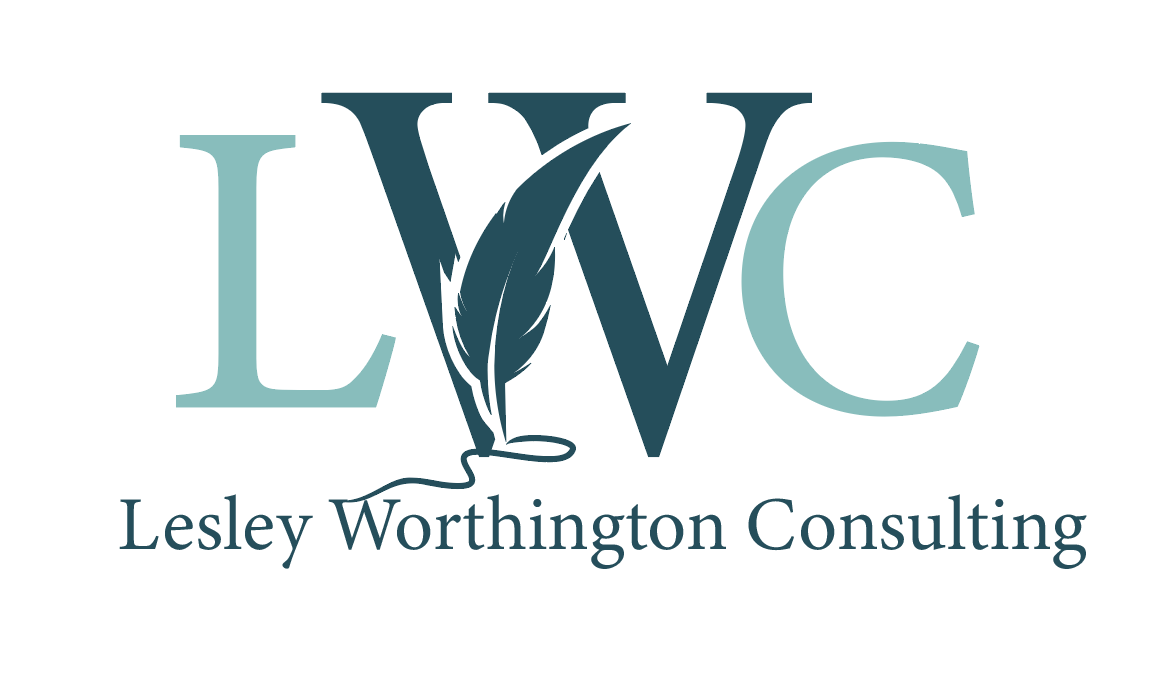I remember having a bit of an argument with a colleague who insisted that jargon is not real words.
The fact that this well-educated guy was confused made me think maybe he wasn’t the only one. Hence this post.
In my opinion, these things all have in common the fact that they muck up communication a bit. Or a lot.
Here are the Merriam-Webster definitions:
 Jargon
Jargon
1. the technical terminology or characteristic of a special activity or group
2. obscure and often pretentious language marked by circumlocutions and long words
Buzzword
1. an important-sounding usually technical word or phrase often of little meaning and used chiefly to impress laymen
2. a voguish word or phrase
Gobbledygook: wordy and generally unintelligible jargon
I feel that the intention behind the use of these is a bit different.
With jargon, I think sometimes people are just unaware that not everyone knows these words. This is called the Curse of Knowledge or the Curse of Expertise. Once we know something it’s hard to remember that it’s not common knowledge. It’s easy to avoid this problem if we constantly remember our purpose and audience. Always remind yourself that communication is not about what you know; it’s about what you want the other person to know. So, we have to approach it with their perspective in mind.
Examples of jargon – words and phrases understood by a specific group but hard to understand outside of that group – for quality assurance professionals, include things like GMP, audit trail, The Standard, The Regs, Notified Body, CAPA, management review, conformance, deviation, and continual improvement.
The use of buzzwords seems more intentional. Maybe people think that if they use them they’ll sound “smart” or “up-to-date”, so they pepper their language with them. Maybe they’re insecure and trying out these fancy words to prove that they belong, or maybe there’s some power posturing going on.
Examples of buzzwords would include things like low hanging fruit, pivot, blue-sky thinking, synergy, deep dive, core competency, alignment, incentivize, move the needle, and bandwidth.
And gobbledygook? Well, that’s exactly what it sounds like. It’s when you just add too much, and things become all gobbledygooked up and almost unintelligible.
We’re going forward with our plans to implement four-dimensional relative matrix approaches for our knowledge-based strategic hardware. Huh?

Even something like this is a bit hard to get your head around: Our upgraded model now offers total digital options.
What exactly does this mean? Who knows? It’s so vague that it’s essentially meaningless. Wasted words. Wasted time. Potential confusion. Or irritation.
Why do we want to avoid these things?
Well first, let me be clear. It’s fine to use your “shop talk” or jargon with those who also speak that language. Just not with those who don’t.
We want to avoid these things, first, because they make it hard for others to understand us. And second, because they could make us seem a bit pompous and unapproachable, causing a separation or distance between the people in your organization. And third, because we lose control of our message.
If we use plain language we are always in control of the message. We don’t have to take any chances that our reader or listener will misinterpret something or make a wrong assumption.
Speaking or writing shouldn’t be about you. Or what you know. Or how smart or powerful you want people to think you are. That’s not the point of communication. It’s about the message. But more importantly, it’s about the message being received the way you intend it to be.
 If you want someone to understand what you’re saying, speak plainly.
If you want someone to understand what you’re saying, speak plainly.
If you want people to like you, speak plainly.
If you want a shared culture in your organization with everyone on the same team, speak plainly.
If you want to save time and headaches, speak plainly.
If you want to be perceived as credible and expert, speak plainly.
This is so easy to fix. It’s just about awareness of your audience. The biggest challenge is that some people don’t think it needs to be fixed. Or are afraid of being “plain”, maybe.
It’s hard to be part of the few who opt out of jargon and buzzwords and gobbledygook. We don’t like to be different. We like to fit in.
But then again, we also like to stand out.
And it’s refreshing being one of the few who is clear.
Keep learning!



No responses yet